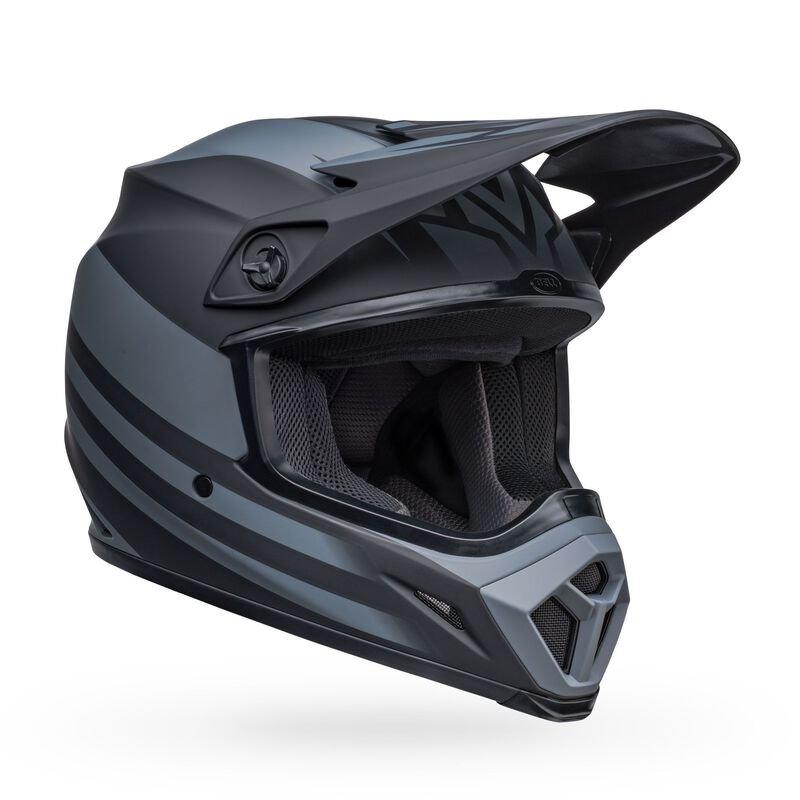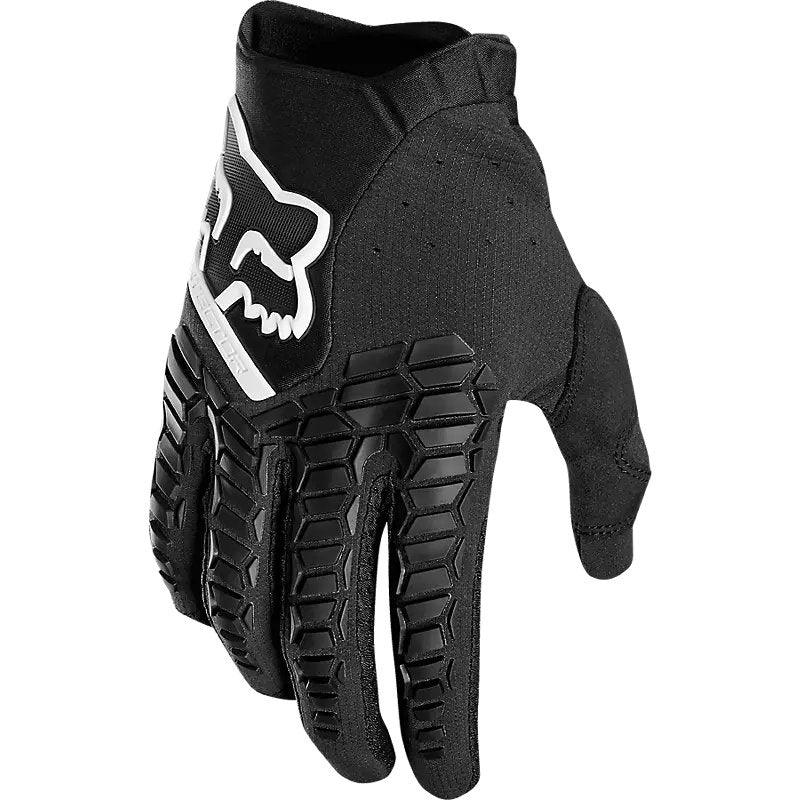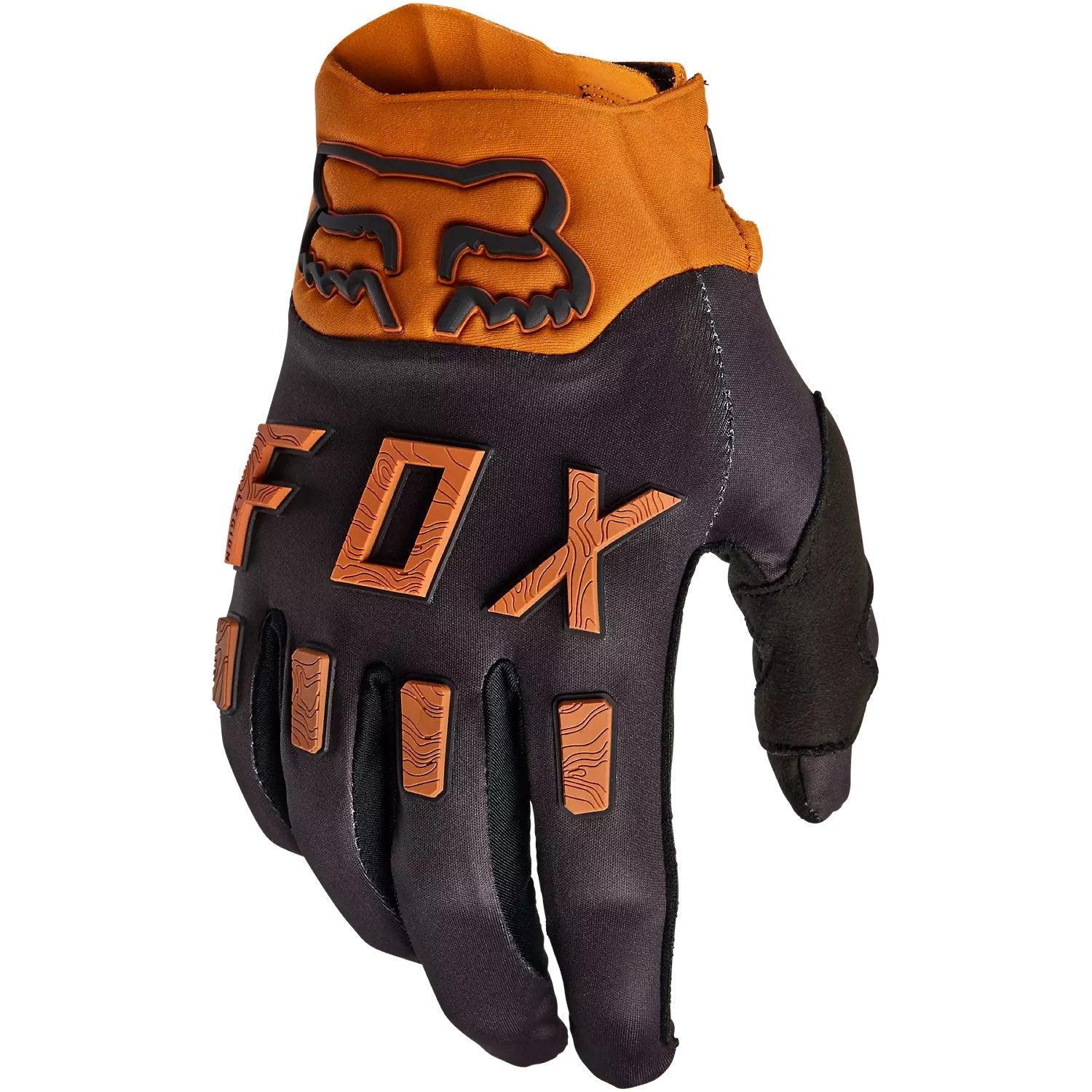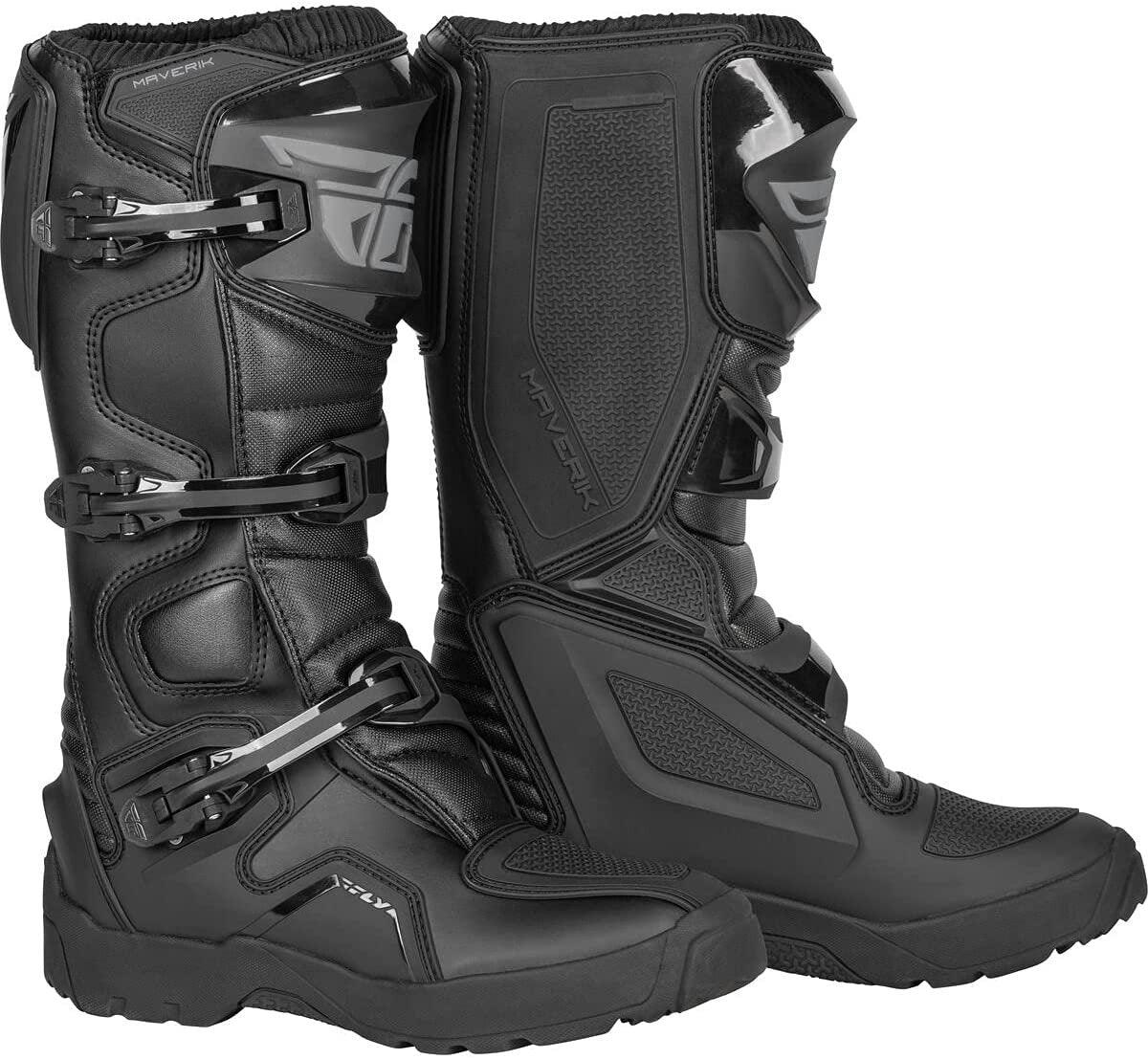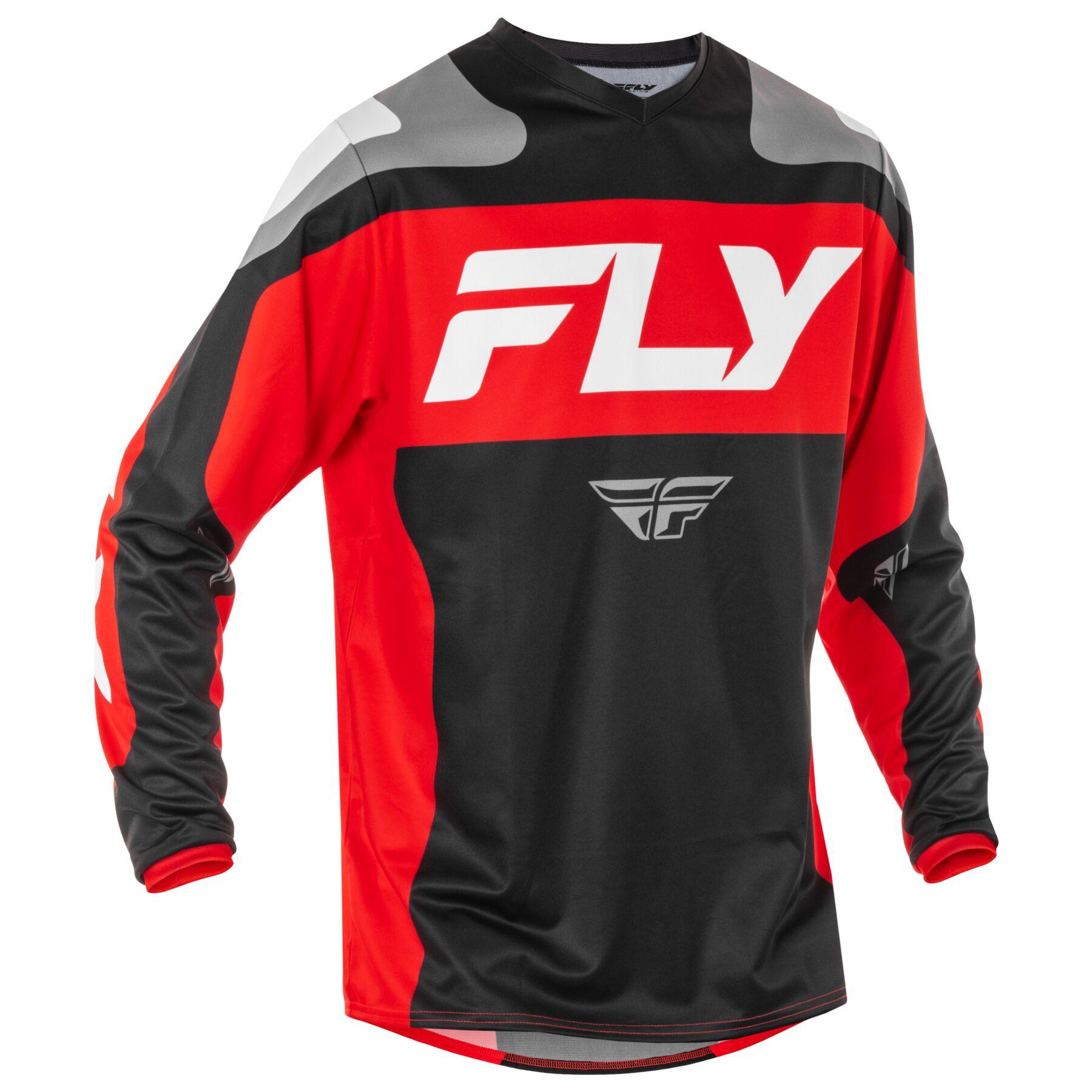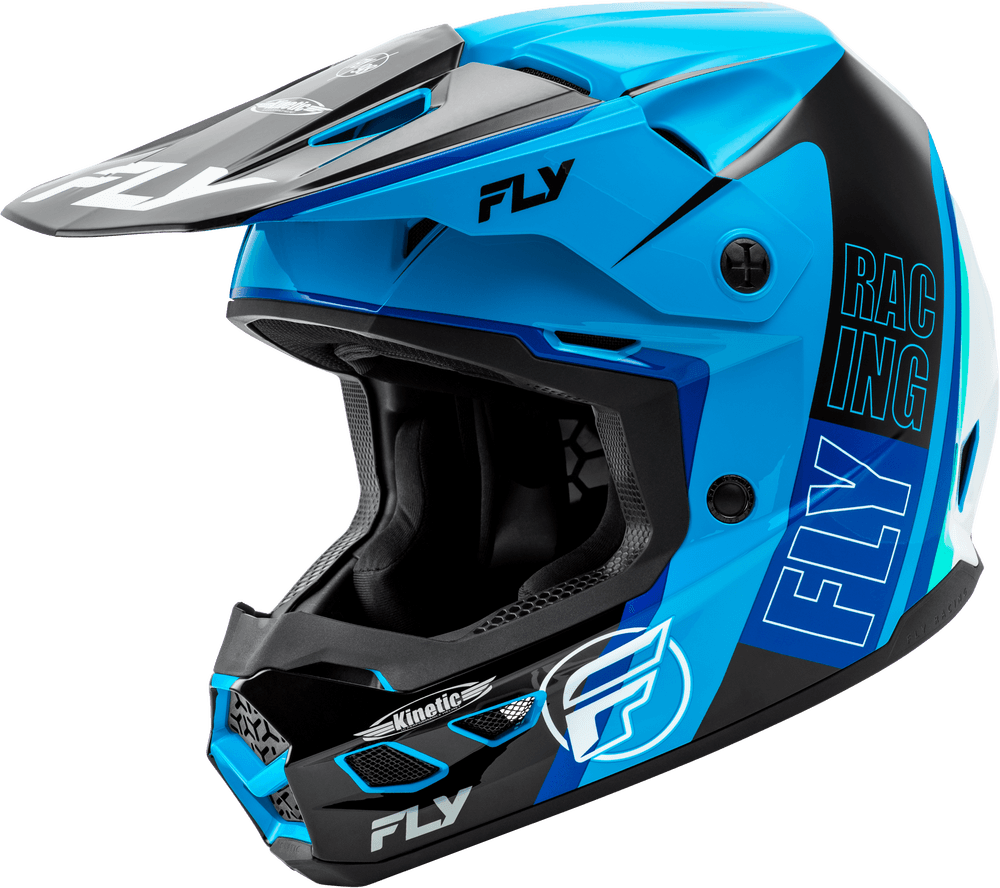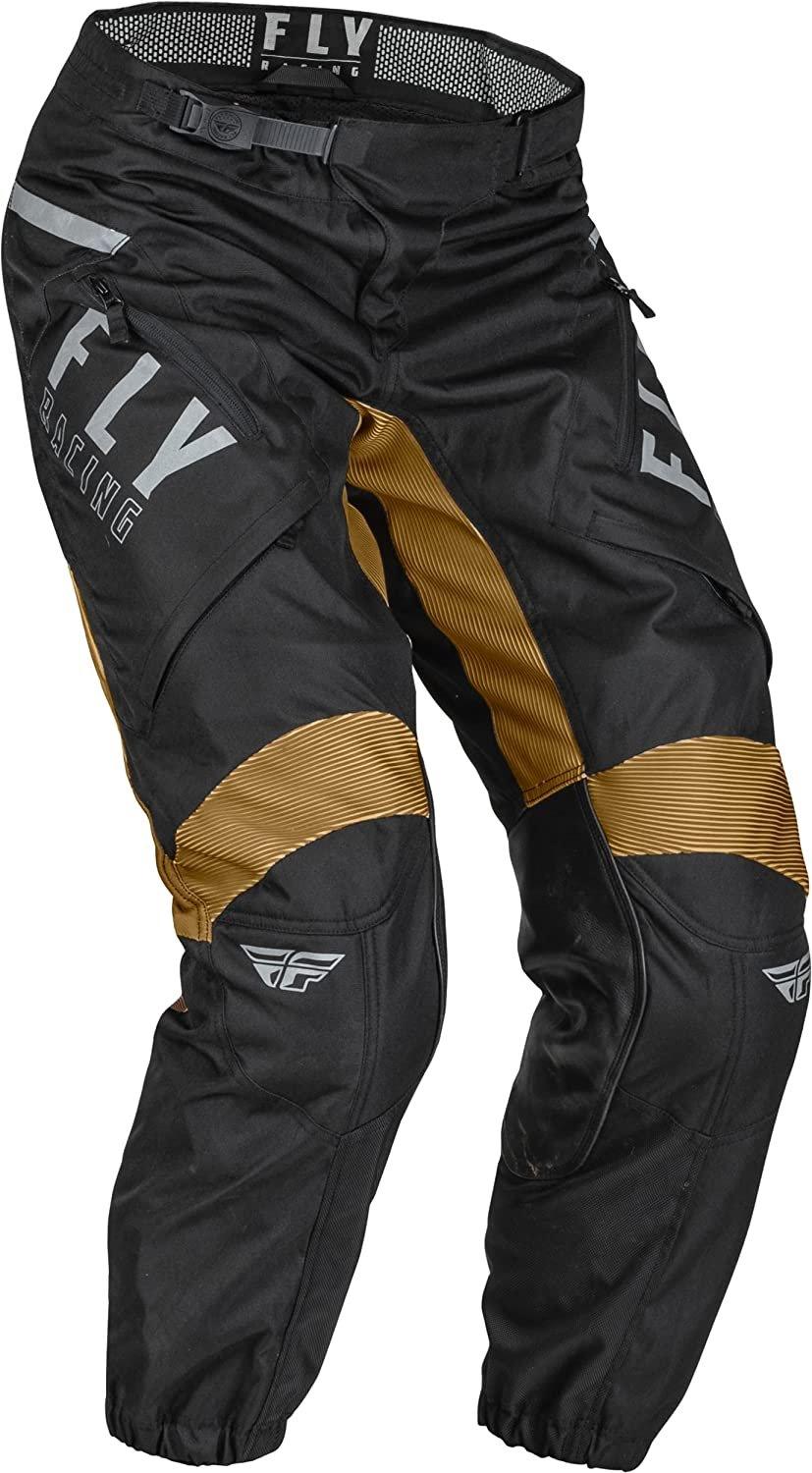Can-Am: All Seasons Long
Photo credit: Can-Am/Ski-Doo
Historic Beginnings
Photo Credit: Photo credit: © National Inventors Hall of Fame
In 1934, Quebec, Canada, Joseph Bombardier lost his son at the age of 2 due to a burst appendix and their inability to travel in the snowy conditions. Turning his grief into determination, he set out to finish a ‘snow car’ he’d given up on years before. Joseph received a patent for the first ever vehicle that can travel on snow, and used this success to create a second, larger vehicle and found his own company in 1942; L’Auto-Neige Bombardier Limitée. By the 1950s, plowing had become commonplace and the tank-like snow cars became obsolete. Bombardier then shrunk the design and ended up inventing the first snowmobile in 1959.
Originally named ‘ski-dogs’, a design failure resulted in the first sign being painted as ‘ski-doo’. The name stuck, and is now synonymous with snow sports all over the world.
Photo Credit: Can-Am/Sea-Doo
1968 saw the introduction of Sea-Doo, intending to create the very first high speed water scooter. It was the first of its kind, but struggled to gain traction. By 1970, Ski-Doo had dropped Sea-Doo - who were quickly picked up by Kawasaki and made popular with their JetSki spinoff.
That didn’t stop Bombardier, and he soon purchased Rotax motors and began producing dirt bikes. These motors were something completely astounding for the time - while other motors struggled to to reach 25hp, Rotax motors effortlessly achieved up to 40hp. He created the Can-Am brand in 1972 for his motorcycles, and in 1973 they took bronze, silver, and gold in the International 6 Days Trial. This success led to the creation of a the first motorbike that reached 136.5mph, a record that went unbroken for nearly 40 years. In 1974, Can-Am entered the AMA 250 Motocross Championship where they again won bronze, silver, and gold.
Photo credit: Can-Am
All this speed and power means hot engines and big wrecks, so much so that Can-Am’s MX3 was labelled the ‘black widow’. A racer quit after getting stuck under the hot engine, and said he’d rather never ride again than ride an MX3. Ignoring the call for safety, Can-Am released the MX4 - a ‘more powerful’ version of the MX3. The vertical power delivery was so strong, it was dubbed the ‘Orange Monster’ and considered unrideable. After a failed resurgence in the early 1980s, 1987 saw Can-Ams last motorcycle race.
In 2003, Bombardier Recreational Products (BRP) was created as a parent entity of Can-Am, Sea-Doo, Ski-Doo, Rotax, and more. Can-Am was able to reclaim fame in 2006 with the release of the DS 650 quad ATV, and the Can-Am Spyder in 2007. Since then, Can-Am has continued to grow and become an innovative staple in the motosports scene.
|
|
|
|
Adventure by Design |
Their Purpose |
|
|
BRPs promise is to create experiences that move people; it’s about their obsession to detail that transforms the functional into the inspirational; it is the drive to push their own limits and help riders find a new way to push theirs - and to choose adventure. Always. At BRP, they call it Adventure by Design, and it’s what they do. |
Existing to Create New Ways to Move People: As a company, they are committed to helping people reimagine how they access their world - enabling experiences that can be measured in emotion and memories, not just miles. |
Photo credits: Can-Am/BRP (left) and © National Inventors Hall of Fame (right)
“From the time I was young, I dreamed of inventing a machine that would conquer the snow.”
—Joseph-Arman Bombardier
Photo credit: © National Inventors Hall of Fame
A Creative Mind
Born April 16th, 1907 in Valcourt, Quebec, Canada, Joseph showed interest in designing and modifying mechanical devices from a young age, turning them into miniature locomotives, tractors, and boats. After attending Séminaire Saint-Charles-Borromée in Sherbrooke, Quebec, he moved to Valcourt and opened his own machine shop in 1926. Being Canadian-born, he understood the difficulty of traveling through snow and how treacherous unplowed roads made travel nearly impossible, and used his spare time to develop various snow motor vehicle prototypes.
Despite encountering challenges with weight and propulsion, he was able to design large vehicles that could “float” over the snow. In 1937 he received his first patent for his sprocket wheel/track system and focused all his time on designing snow vehicles. That same year, he introduced the B7 model which carried up to seven passengers in an enclosed space. He continued to perfect his design, received different patents, and came out with the B12, a 12-passenger snowmobile, and the C18 which was capable of carrying up to 25 children, or 18 adults. From delivering mail and goods to operating as school buses, these vehicles became invaluable in the harsh winter landscape.
1942 saw Bombardier incorporate his business as L'Auto-Neige Bombardier Limitée. The company sold hundreds of snow vehicles every year and made a positive difference across communities until the late 1940s, when government plowing in Quebec began plowing all rural roads, causing the need for large snow vehicles to decline dramatically. The company branched out to producing tracked vehicles for farming, mining, logging, forestry, and petroleum exploration operations. The 1950s also saw Bombardier begin producing his own tracks, which involved patenting his own rubber vulcanizing process.
In 1957 he dedicated his time to fulfill his lifelong dream; a lightweight, fast, small snowmobile. Manufacturers had begun widely distributing lightweight, powerful, and affordable gasoline engines - essential for Bombardier’s vision. Together with his staff, they came up with their own innovative designs and introduced the first rider-over-tunnel design, where the rider straddled an elongated seat and steered a pair of front-mounted skis. Behind, a single wide, seamless track enabled the sled to “float” on the snow at high speeds. He brought the first prototype to a mission outpost in Ontario where it became so popular, he donated it to the mission. Seeing the fun in the utility, Bombardier was inspired again to create a snowmobile for recreation, not just work. The ‘ski-dog’ (now ‘Ski-Doo’) snowmobile - fast, lightweight, and affordable - went into production in late 1959.
The International Snowmobile Hall of Fame described the Ski-Doo snowmobile as “the first mass-produced over-the-snow machine [...] recognized worldwide as the pioneer design that created the sport of snowmobiling as it is known today.” The rider-over-tunnel design became an industry standard, and snowmobiling exploded in recreational use. Today, there is an estimated 136,000 miles of signed and maintained snowmobile trails in North America alone.
Bombardier Inc., the successor to L'Auto-Neige Bombardier Limitée, has diversified since his death on February 18th, 1964, becoming a global leader in aviation focusing on business jets. His legacy lives on in his hometown of Valcourt at Musée de l’ingéniosité J. Armand Bombardier and through the Fondation J. Armand Bombardier philanthropic activities. BRP (Bombardier Recreational Products) has made its corporate and manufacturing headquarters in Valcourt, and became an independent company in 2003.
Life Highlights
-
Joseph-Armand Bombardier held 40 Canadian patents and 16 US
-
His parents wanted him to be a priest, but after 3 years of trying he gave in to his creative inclinations
-
22-year-old Joseph married 20-year-old Yvonne Labrecque on August 29, 1929. Together, they had 6 children
-
He took night school courses in mechanics and electrical engineering
-
The Canada Post has issued three postage stamps in honor of Bombardier and his snowmobiles
-
Inducted in the Canadian Business Hall of Fame in 1979
Joseph-Armand Bombardier and Yvonne Labrecque on their wedding day. Photo Credit: National Inventors Hall of Fame
Continued Family Involvement
Bombardier met his soon-to-be son-in-law, Laurent Beaudoin, in 1959, the same year he unveiled the Ski-Doo. Skeptical at first, Bombardier grew to love and trust Laurent. So much so that when he passed in 1964, Bombardier entrusted his legacy to Laurent. He succeeded Bombardier as Managing Director and then, two short years later, became President. Being only 26 at the time and an accountant by trade, it was an intimidating role for him to take on. “I went from Controller to having my hands in engineering, production, marketing… it was total immersion” recalled Laurent during an interview.
Utilizing his accounting past, Laurent set out to expand the business in a new way: strategic acquisition. Building on the experience of Bombardier’s company, their expansion grew to include rail transit, watercraft, and business aviation after purchasing Canadair in 1986.
Pierre Beaudoin, who started in the Marine Division in 1985, said, “Business jets let you do a lot more, a lot faster. They let you spend more time networking, but also more time with your family.” As a boy, Pierre travelled the world with his father Laurent, meeting families with children just like him. “It’s one thing to know someone professionally, but if you can know them personally… their family, their humanity… a business aircraft creates that connection.” Bombardier has always focused on treating clients like family, and is a fundamental point of distinction in the company’s structure.
Family Tree
Parents: Alfred Bombardier and Anna Gravel
Spouse and Children: Married to Yvonne Labrecque with Germain, Janine, Claire, Huguette, and Andre
Siblings: Hermine, Joseph-Armand, Leontine, Alphonse, Theophile, Leopold, Georges, and Gerard

